From behind the lens: A sports photographer’s perspective
SAIT grad turned professional sports photographer walks us through what it takes to get “the shot”
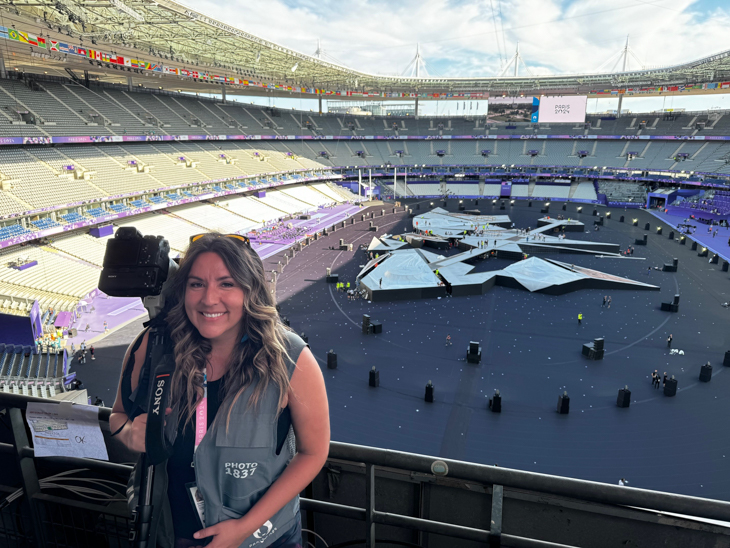
As far as sporting spectacles go, the NFL Super Bowl knows how to put on a show. From the pre-game pageantry to the game play and performances, there are plenty of eye-catching, instant replay moments captured at big game. It isn’t as simple as being in the right place at the right time. Education and research, mixed with hours of preparation and trusting your natural instincts all go into the making of every great sports photograph.
View this post on Instagram
Sports photographer Candice Ward — SAIT Photojournalism alum and former instructor — took time away from the field to share her unique perspective from behind the lens.
“I’m in Las Vegas now for work. With such a fast-growing professional sports market, it seemed like a smart place to go for opportunity and a demand for sports photographers,” says Ward.
The practical approach to photojournalism is what initially drew Ward to SAIT’s program. She always had a love of photography, but it was really through her two-year diploma that she discovered a passion for photographing sports.
“I really liked working with people and taking pictures of people, but it wasn’t until my second year at SAIT where we had to cover sporting events once a week,” says Ward. “I’ve always loved playing sports, but I didn’t like watching them.”
Out on assignment, Ward developed an affinity for capturing moments in sports that she knew could never be replicated.
“I was like, I love this! It's the way you're freezing a moment that is never going to happen that way ever again. In that way with that person and against that player — you can’t repeat it.
View this post on Instagram
“Seeing a game from the field level, you're watching and tracking a play to see how it develops. There's a lot of strategic thinking in football and other sports. You have to really think fast about the possible outcomes and break it down in a certain way to follow a specific story. I like to find an emotional connection to the sport.”
You’re trying to capture a player’s character and they are entrusting you to tell their story. Ward doesn’t take that responsibility lightly. Her approach is to put the person first, not the sport, and she is focused on building trusting relationships.
It’s game day
The sport you’re photographing will dictate the gear you need to prepare, according to Ward. From football to hockey, you need to consider the cameras or lenses that will be used based on the angles you’re working with and where you’ll be positioned. For hockey, there might be remote cameras installed inside the net or up in the rafters.
“If you’re working with a team, you need to be ready to photograph the players arriving and warming up. Be prepared to turn them around quickly because, once the game starts, those photos are irrelevant,” says Ward.
Pro tip #1
Once the clock starts, it’s the photographer, their camera and the play happening in front of them.
“It’s organized chaos,” says Ward. “You've done your research and now you’re looking for those special moments. Certain interactions and body language. I’m looking for tension, and I’m watching players’ faces because people connect to the emotion in someone’s expression.”
When the moment is right
You need to be prepared to get lucky. Once you’ve considered everything in your control, it often comes down to luck, explains Ward. “I listen to the crowd and rely on them a lot. You can hear it in the crowd when someone big is about to happen, and I take a lot of cues from that because I’m often limited in my range of sight.”
Pro tip #2
Our favourite photographer’s favourite photo
“I really like the Ovechkin photo because it’s part of this historic goal run. Looking at it, it may not seem like anything overly special or unusual, but to me it’s a part of a bigger story that was special to capture,” says Ward. “I usually tell people to separate their emotional attachment to see if something is actually good, but I like this image a lot.”
View this post on Instagram
This one is different. “It’s so special to be able to photographer a player like him. Someone who’s on a path to be one of the greatest players ever in a sport you love. It was a special game to me, and he scored a hat trick!
“It's such a special, rare thing. I was so dialed in every time he took the ice in the third period after he'd already scored the two goals. I literally wasn't shooting anything else when he was on the ice, and I would track him the entire time — from the second he got the puck to battling with this other guy and then just flipping it in into the empty net. I captured every moment of the goal and him skating around celebrating with his teammates. They're all jumping up and down and he's smiling, and I have every single frame of that play.”
From the instructor’s desk:
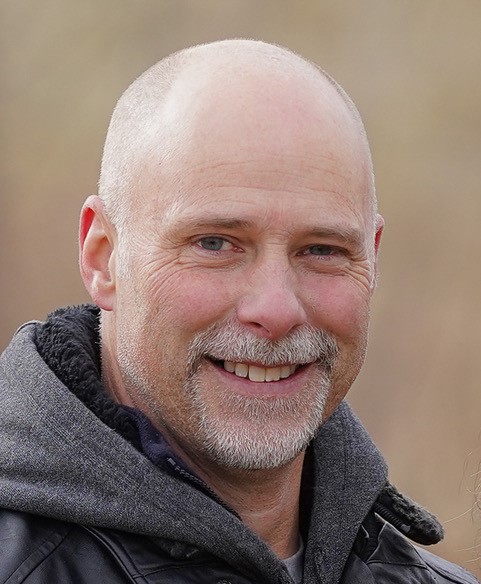
Kevin Udahl is an instructor with SAIT’s Photojournalism program and has a background in news photography, and he has a few hot takes to share.
“I feel like if you can photograph sports, you can photograph almost anything because sports photography is very technical. There are a lot of details that you have to pay close attention to that really draw on your knowledge as a photographer.”
When trying to “freeze the action” on a field or on the ice, shutter speed is everything.
“You want crisp, clear images. To achieve that, a fast shutter speed is crucial. You need a very keen awareness of your exposure and how much light you’re working with. It’s fairly easy to get a fast shutter speed when you’re working in venues with a lot of light. Where it becomes difficult is when you're indoors and you still need a very fast shutter speed, but you have less light to work with.”
Pro tip #3
Additionally, you’re watching for peak action moments and trying to anticipate when a moment will occur. It requires a lot of anticipation, experience and skill — you’re building a narrative and telling a story.
“You have to anticipate to the point where you're pressing the shutter button well before the play occurs, because, if you've seen it through the viewfinder, you have undoubtedly missed it. You can't possibly react as it happens, you have to anticipate it happening.”
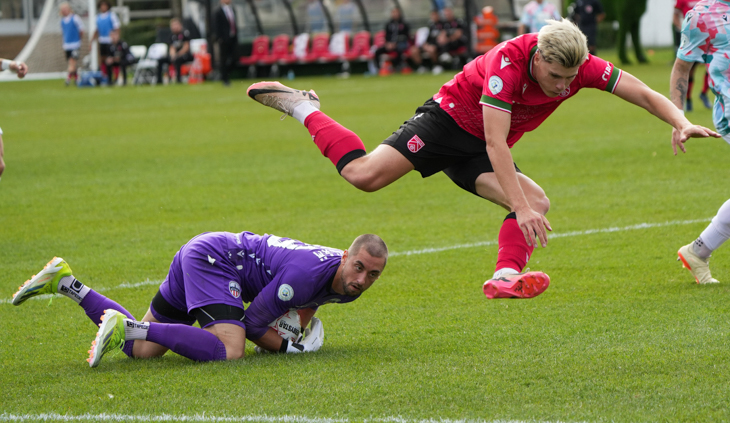
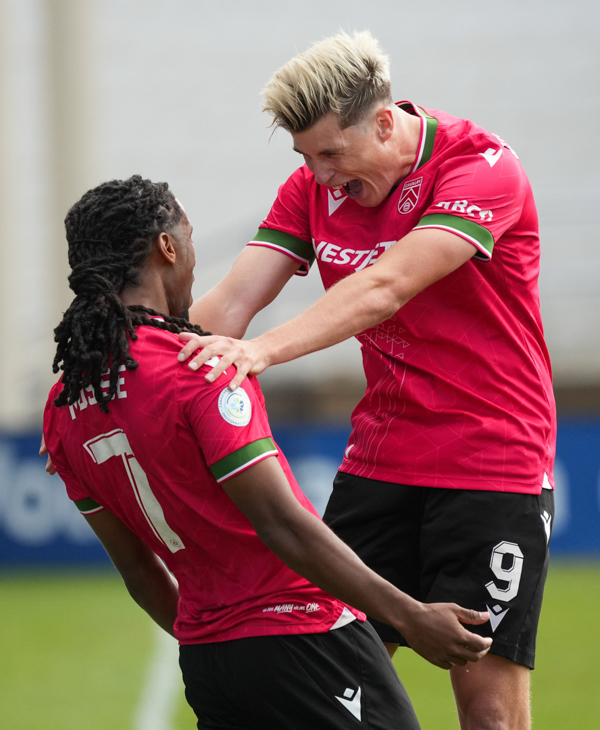
“When we photograph sports, we want to focus on the field of play, and having a knowledge of the game helps you to anticipate where some of the peak action is statistically more likely to happen. But good sports coverage needs a lens on the reactions, not just the action in front of you. There's almost always some kind of reaction of jubilation, or dejection, after every goal or point earned — those are the storytelling type of images editors covet.”
Udahl evaluates photos on three things: is the light good, does it have good composition, or does it have a good moment. His final piece of advice is simple — practice makes perfect. Get out and take photos as much as you can, as often as you can.
Considering a career in photojournalism?
SAIT's Journalism program is your gateway to an exciting career in the world of multimedia. If you have a passion for photography, our Photojournalism major is perfect for you. Learn more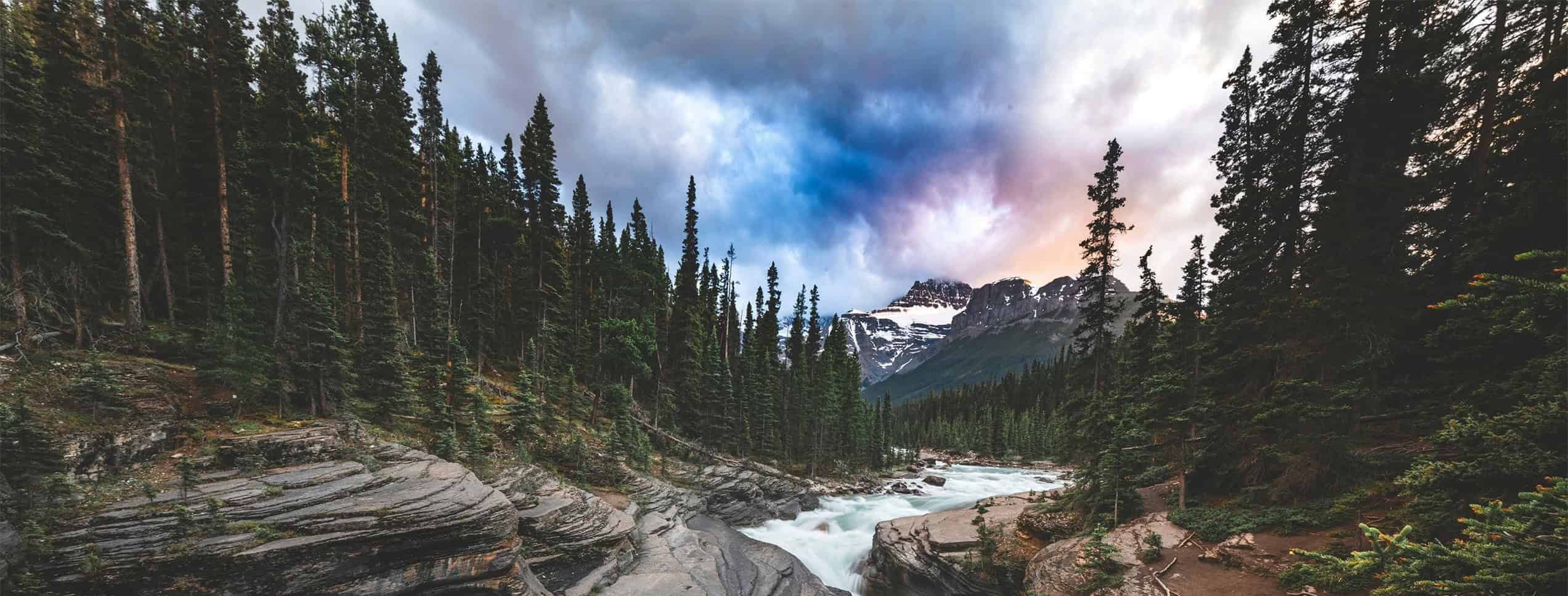
Oki, Âba wathtech, Danit'ada, Tawnshi, Hello.
SAIT is located on the traditional territories of the Niitsitapi (Blackfoot) and the people of Treaty 7 which includes the Siksika, the Piikani, the Kainai, the Tsuut’ina and the Îyârhe Nakoda of Bearspaw, Chiniki and Goodstoney.
We are situated in an area the Blackfoot tribes traditionally called Moh’kinsstis, where the Bow River meets the Elbow River. We now call it the city of Calgary, which is also home to the Métis Nation of Alberta.